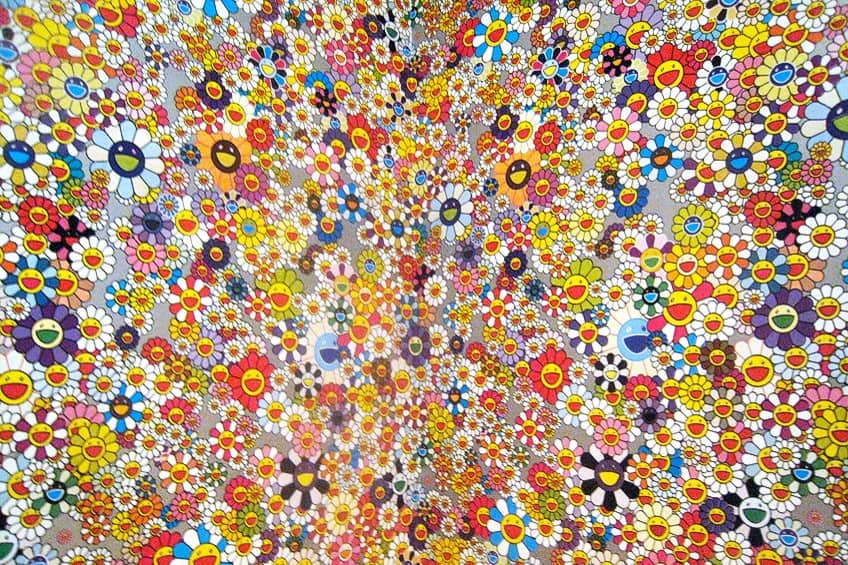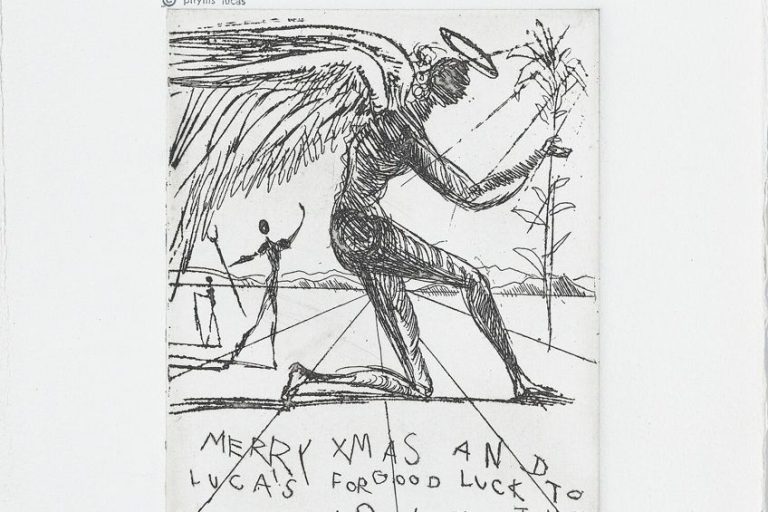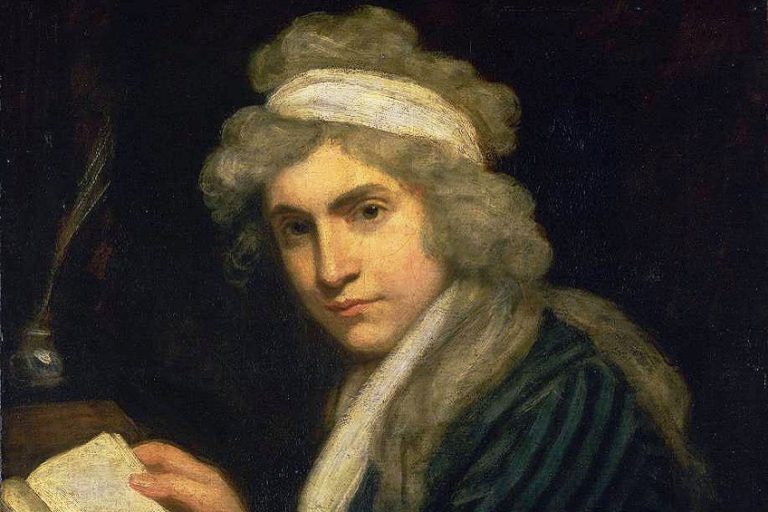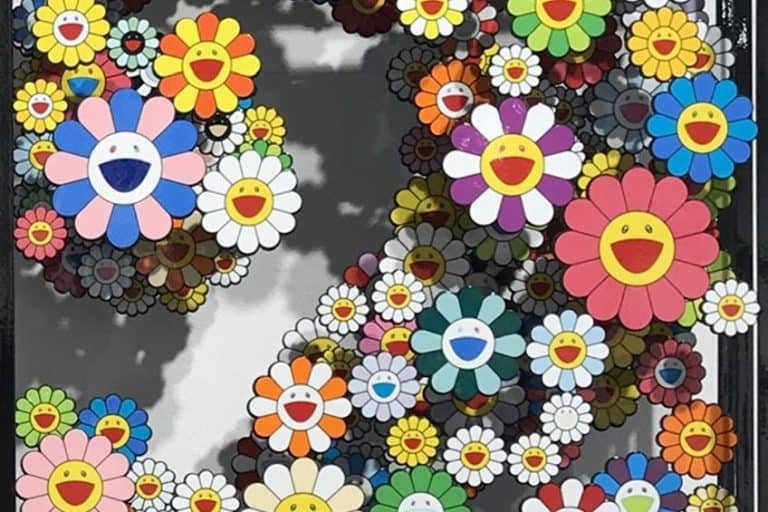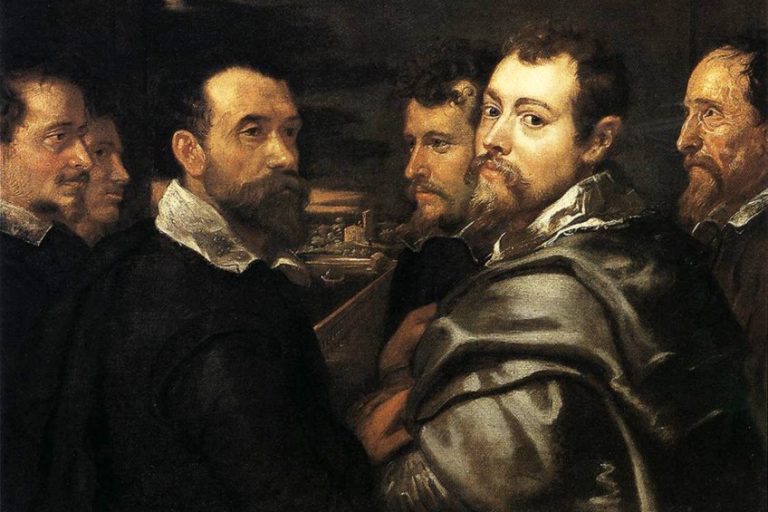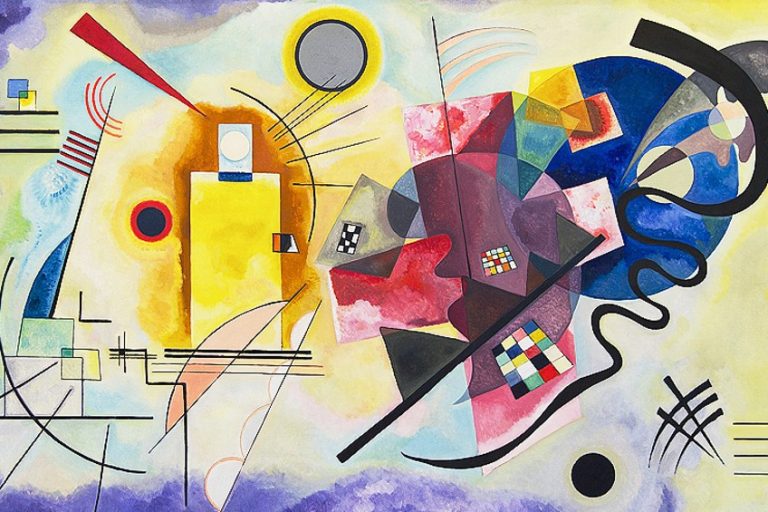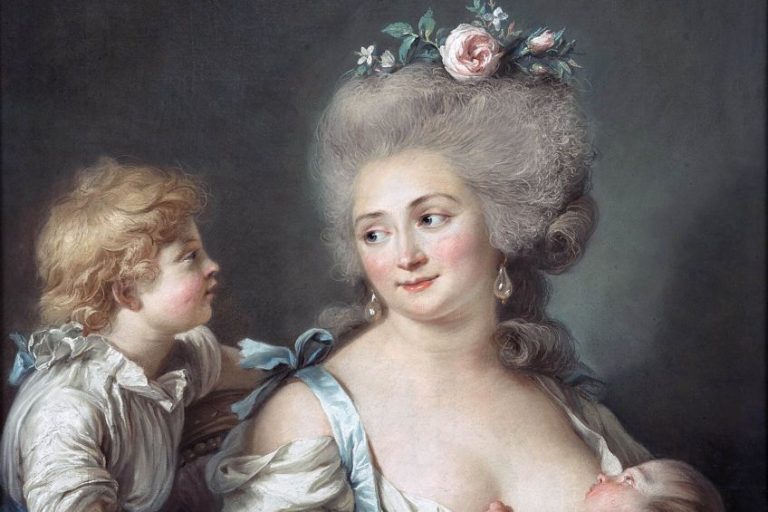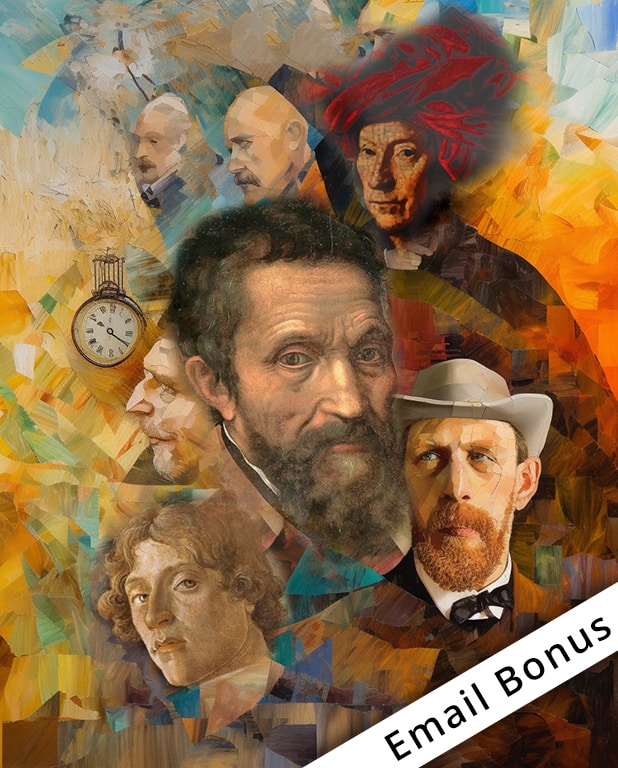Neo-Pop Art – Contemporary Revival and Influence
Neo-Pop art is a contemporary art movement that emerged in the 1980s, revisiting the themes and aesthetics of the original Pop art movement from the 1950s and 1960s. It is characterized by bold, vibrant colors, consumer culture references, and a playful yet critical take on mass media, celebrity, and commercialization. Neo-Pop artists, such as Jeff Koons and Takashi Murakami, blend high and low art forms, often using kitsch, irony, and commercial imagery to reflect on contemporary society. The movement challenges traditional art norms and highlights the increasingly blurred boundaries between art, entertainment, and consumerism in modern life.
Key Takeaways
- Neo-Pop art revitalizes 1950s Pop art with broader cultural influences.
- Key figures include Jeff Koons and Takashi Murakami.
- The movement engages contemporary audiences with its familiar and avant-garde aesthetics.
Historical Context and Origins
Neo-Pop art is a vibrant and playful postmodern art movement that evolved in the 1980s and 1990s, reimagining the ideas and aesthetics of Pop art from the 1950s. It captures commercial elements, kitsch aspects, and draws from a broader array of sources, including celebrities, popular culture, and advertisements. This approach allowed artists to create works that challenge the boundaries between high and low art and critique societal norms.
Notable artists such as Jeff Koons and Takashi Murakami have become synonymous with Neo-Pop.
They incorporate eclectic styles, crossing between Western and Eastern influences, and blend various elements from pop culture, anime, and historical traditions. Their distinct styles and thought-provoking works make Neo-Pop an ever-evolving artistic phenomenon that resonates with the masses.

Whether through large-scale installations or intricate paintings, Neo-Pop art continues to influence contemporary visual culture, engaging audiences with its familiar yet avant-garde aesthetics. The movement serves as a bridge between past and present, making it a compelling subject for art enthusiasts and cultural critics alike.
Influence of Pop Art
The roots of Neo-Pop art can be traced to the Pop art movement of the 1950s and 1960s. Artists like Andy Warhol and Roy Lichtenstein revolutionized the art world by incorporating elements from mass media and popular culture. Warhol’s use of consumer goods and Lichtenstein’s comic strip techniques broke down the barriers between high art and popular culture. These innovations set the stage for Neo-Pop art. It expanded on the idea of blurring boundaries, with a sharper focus on the societal impacts of consumerism and mass media.
The movement revitalized Pop art’s playful spirit while introducing fresh perspectives on materialism.
Postmodern Foundations
Neo-Pop art is deeply intertwined with postmodernism, a movement that challenges traditional narratives and embraces complexity and contradiction. Drawing inspiration from Dada’s irreverence and the eclecticism of postmodern philosophy, Neo-Pop artists explored broader themes in their work, such as globalization and environmental issues.
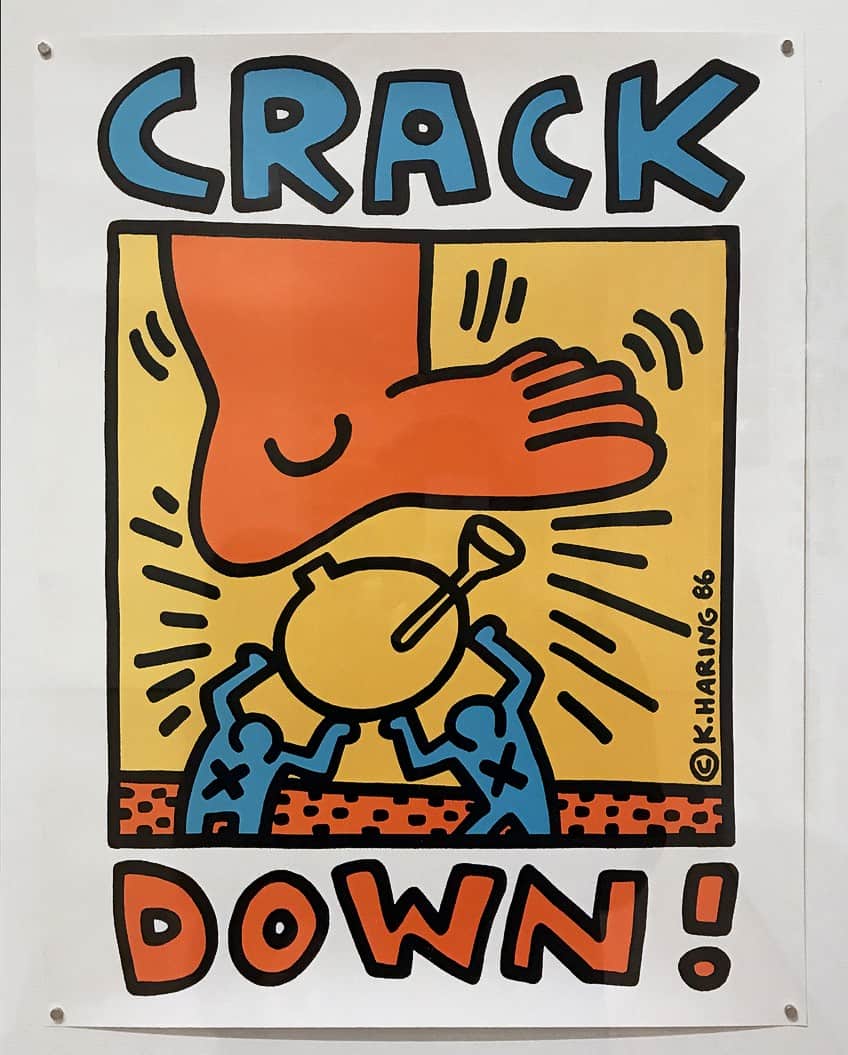
Jeff Koons and Takashi Murakami epitomized these postmodern foundations with their eclectic use of materials and subject matter. Koons’ large-scale sculptures and Murakami’s fusion of traditional Japanese art with contemporary themes exemplify the movement’s dynamic nature. Their work reflects a world increasingly dominated by technology and mass production, shedding light on the intricate relationships between art, commerce, and society.
Characteristic Elements of Neo-Pop
Neo-Pop art combines the aesthetics and ideas of mid-20th century Pop art with contemporary elements and techniques. Emphasizing themes from popular culture and consumerism, this movement integrates mass media, bright colors, clean lines, and intentional kitsch.
Aesthetics and Techniques
Neo-Pop often utilizes bright colors and clean lines, akin to comic books and advertisements. Artists may incorporate found objects to add layers of meaning and context. Techniques range from traditional painting to digital media, reflecting modern influences. Intentional kitsch is a hallmark, with a playful yet critical approach to commercialism.
By integrating diverse materials and methods, Neo-Pop challenges the boundaries of high and low art, creating a visually engaging and thought-provoking experience.
Subject Matter and Themes
The subject matter of Neo-Pop frequently revolves around popular culture and consumerism. Artists draw inspiration from comic books, advertisements, and everyday objects, recontextualizing them to critique mass media and societal values.

Intentional kitsch is used to comment on the absurdity and superficiality of consumer culture. Thematic elements often include irony and satire, providing a layered commentary on contemporary life. By blending these motifs, Neo-Pop art delivers a fresh perspective on modern society, engaging viewers through familiar imagery with deeper underlying messages.
Prominent Figures and Artworks
Neo-Pop art revitalizes the vibrancy of Pop art by incorporating contemporary themes and techniques. This section highlights key artists who have significantly influenced the movement and their notable works.
Artists and Their Influence
Jeff Koons stands out as a dominant figure in Neo-Pop art. Known for his highly polished sculptures, Koons explores themes such as consumerism and mass production. Damien Hirst often merges Neo-Pop aesthetics with shocking content. His works, including formaldehyde-encased animals, address themes like life, death, and commercialism.
Keith Haring brought street art into the mainstream with his iconic, cartoonish figures. His work often addressed social issues such as AIDS and apartheid.
Takashi Murakami blends traditional Japanese art with Western influences. His use of vibrant colors and playful motifs has earned him significant acclaim. Yayoi Kusama is celebrated for her polka-dot motifs and immersive installations. Kusama’s art often reflects her personal battles with mental health. Kenny Scharf incorporates pop culture elements into his brightly colored paintings and installations. Scharf’s works are known for their humorous and optimistic undertones.
Notable Works and Series
Jeff Koons’ Balloon Dog sculptures are among his most famous works. These pieces mirror childhood toys while commenting on adult themes of vanity and desire. Damien Hirst’s The Physical Impossibility of Death in the Mind of Someone Living, featuring a shark suspended in formaldehyde, challenges traditional notions of art. Keith Haring’s Crack is Wack mural serves as a powerful anti-drug statement. It remains a significant public artwork.

Takashi Murakami’s Superflat series critiques the superficiality of consumer culture. His works often feature recurring characters, such as Mr. DOB. Yayoi Kusama’s Infinity Mirror Rooms, immersive spaces filled with mirrors and dotted patterns, evoke feelings of both infinity and isolation. Kenny Scharf’s Cosmic Cavern installations transport viewers into a neon-lit, fantastical environment that blends pop culture with his unique vision.
Neo-Pop’s Cultural Impact
Neo-Pop Art has significantly influenced various facets of modern culture, from fashion and consumer goods to societal critique and its lasting legacy.
Intersection With Fashion and Consumer Goods
Neo-Pop art’s vibrant visuals and consumer culture themes have made notable inroads into the fashion industry. Designers like Louis Vuitton have collaborated with Neo-Pop artists, integrating bold patterns and playful imagery into high-end collections.
Artists such as Takashi Murakami have effectively blurred lines between art and commerce, creating limited-edition products that appeal to both art connoisseurs and fashion enthusiasts.
Large-scale sculptures and digital art have often been used in advertising campaigns, enhancing brand identity through unique artistic approaches. This intersection has transformed everyday objects into coveted collectibles, exemplifying the fusion of art and commerce. The influence extends beyond just aesthetics, contributing to discussions around consumer culture and its implications.
Critique of Society and Culture
Neo-Pop art often employs ironic and critical perspectives to comment on contemporary society and culture. Artists use techniques like appropriation to repurpose familiar images from advertisements, celebrities, and consumer goods, providing commentary on commercialism and media influence.

The movement addresses significant issues such as globalization and environmentalism. Japanese art, specifically influences like Anime and Manga, play a crucial role in shaping the narrative, adding layers of cultural critique and introspection. These works challenge viewers to reconsider the social norms and values perpetuated by mass media and consumer culture. This makes Neo-Pop not only visually appealing but also intellectually stimulating.
Legacy of Neo-Pop Art
The impact of Neo-Pop art is enduring and multifaceted. It has provided a fresh lens through which modern society can examine its relationship with consumer goods and mass media. The movement’s playful and ironic tone carries forward the spirit of original Pop Art while addressing new cultural and technological shifts.
Artists such as Jeff Koons and Yoshimoto Nara continue to influence younger generations, blending high art with popular culture in innovative ways. Their works often feature a combination of graffiti, cartoonish characters, and emotive imagery, resonating with both traditional art audiences and new, diverse groups. By maintaining relevance across different mediums and platforms, Neo-Pop art has cemented its place in contemporary culture, ensuring its themes continue to provoke thought and inspire creativity.
Neo-Pop art continues to thrive as a dynamic and influential movement that blurs the lines between art, consumerism, and popular culture. By reimagining the strategies of Pop art, Neo-Pop artists provoke thought and discussion about the commodification of culture, the role of mass media, and the nature of artistic expression in a hyper-commercialized world. Their work not only entertains but also critiques the modern landscape, challenging audiences to reflect on the intersection of art and everyday life in the 21st century.
Frequently Asked Questions
What Are the Defining Characteristics of Neo-Pop Art?
Neo-Pop art is known for its bold graphics, vibrant color palettes, and a playful, ironic tone. The movement often integrates elements from mass media, consumer culture, and digital technology. High and low culture elements are frequently mixed to challenge traditional boundaries.
Who Are the Prominent Artists Associated With the Neo-Pop Art Movement?
Prominent Neo-Pop artists include Jeff Koons and Takashi Murakami. Jeff Koons is famous for his stainless-steel balloon animals, while Takashi Murakami blends traditional Japanese art with popular culture. Other notable artists include Damien Hirst and Donald Baechler.
How Does Neo-Pop Art Differ from Traditional Pop Art?
While Pop art emerged in the 1960s with a focus on consumerism and media culture, Neo-Pop art revisits these themes with a contemporary twist. The use of modern digital techniques and new materials distinguishes Neo-Pop from its predecessor. Neo-Pop also often contains more overt irony and a higher degree of self-awareness.
How Has Neo-Pop Art Influenced Contemporary Art and Culture?
Neo-Pop art has left a significant mark on contemporary art, influencing everything from fashion to advertising. The movement’s playful yet critical approach to consumer culture resonates in various modern creative fields. Its vivid visual style and ironic tone continue to inspire new generations of artists and designers.
Isabella studied at the University of Cape Town in South Africa and graduated with a Bachelor of Arts majoring in English Literature & Language and Psychology. Throughout her undergraduate years, she took Art History as an additional subject and absolutely loved it. Building on from her art history knowledge that began in high school, art has always been a particular area of fascination for her. From learning about artworks previously unknown to her, or sharpening her existing understanding of specific works, the ability to continue learning within this interesting sphere excites her greatly.
Her focal points of interest in art history encompass profiling specific artists and art movements, as it is these areas where she is able to really dig deep into the rich narrative of the art world. Additionally, she particularly enjoys exploring the different artistic styles of the 20th century, as well as the important impact that female artists have had on the development of art history.
Learn more about Isabella Meyer and the Art in Context Team.
Cite this Article
Isabella, Meyer, “Neo-Pop Art – Contemporary Revival and Influence.” Art in Context. January 2, 2025. URL: https://artincontext.org/neo-pop-art/
Meyer, I. (2025, 2 January). Neo-Pop Art – Contemporary Revival and Influence. Art in Context. https://artincontext.org/neo-pop-art/
Meyer, Isabella. “Neo-Pop Art – Contemporary Revival and Influence.” Art in Context, January 2, 2025. https://artincontext.org/neo-pop-art/.


